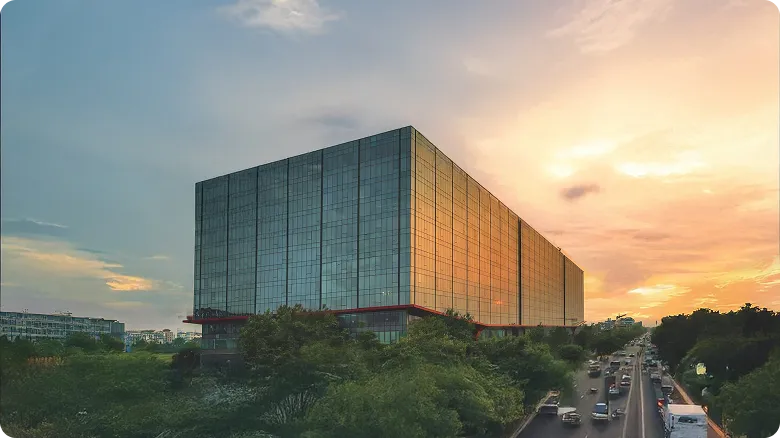Apply to the Shark Tank S5 Campus Special (Open to All Students)
Apply NowUndergraduate
Undergraduate (Global)
Postgraduate
Executive
Family Business
Careers
Innovations
Faculty
MU Ventures
Student Life
Jobs
Become a Master
events
For Companies
Blog
Business
India’s Budget 2025: Key Takeaways for Business Leaders and Students
February 11, 2025

The Union Budget 2025 is here, and as always, it’s more than just numbers and policies—it’s a roadmap for India’s economic trajectory. For business leaders, it signals opportunities and shifts in the market. For students, it’s a lesson in real-world economics, straight from the finance minister’s playbook. So, let’s break it down.
1. Growth, inflation, and the big picture
India’s GDP is expected to grow at 7.2%, making it one of the fastest-growing economies. Inflation? Well, it’s projected to stay within the 4-6% range—manageable, but worth watching.
For business leaders, this means continued expansion opportunities, especially in high-growth sectors like manufacturing and technology. Students, take note: this is a case study in balancing growth and stability.
2. Tax tweaks: What’s in it for you?
The tax structure saw some fine-tuning. Corporate tax rates remain unchanged at 22% (15% for new manufacturing units), ensuring stability for businesses. On the personal tax front, there were minor tweaks, including increased rebates for the middle class—a signal towards boosting consumption.
For businesses, this means more disposable income in the hands of consumers. For students? Well, lower tax burdens on start-ups mean your side hustle just got a little more profitable.
3. The digital economy gets a push
From AI to blockchain, the government is doubling down on the Digital India initiative. A ₹50,000 crore fund has been allocated to AI research, digital infrastructure, and cybersecurity.
For business leaders, this signals opportunities in fintech, e-commerce, and AI-driven businesses. For students, it’s a reminder that coding, analytics, and AI skills are no longer optional—they’re the future.
4. Manufacturing & make in India: More incentives
Manufacturing is the backbone of the Atmanirbhar Bharat vision. The PLI (Production-Linked Incentive) scheme gets another ₹1.5 lakh crore, covering sectors from electronics to green energy.
For businesses, this is a call to invest in domestic production. For students, it’s a lesson in how governments use policy to drive industrial growth.
5. Green energy & sustainability: The new priority
India aims to hit 50% renewable energy capacity by 2030. This year’s budget pushes that agenda with incentives for solar, wind, and EV production. Expect new subsidies for electric vehicles and tax breaks on green investments.
Businesses, take note—sustainability isn’t just good PR, it’s profitable. Students, if you’re looking for future-proof careers, think climate tech, sustainable finance, and ESG consulting.
6. Education & skill Development: Learning goes digital
A ₹20,000 crore fund has been earmarked for AI-driven learning platforms, skill development programmes, and digital universities.
For students, this means better access to tech-driven education and scholarships. For business leaders, it signals a more skilled workforce, ready for the future.
The Bottom line
India’s Budget 2025 is pro-growth, pro-digital, and pro-sustainability. Business leaders should gear up for tech-driven expansion, while students should align their skills with the industries receiving the biggest push.














